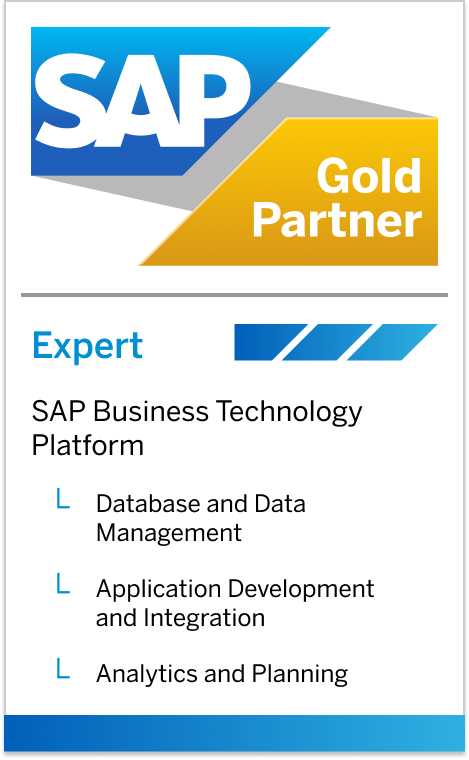Ansicht
Dokumentation
V_BOE_OBYA - Prepare Bill of Exchange Cross-Company Code Transaction
TXBHW - Original Tax Base Amount in Local Currency rdisp/max_wprun_time - Maximum work process run timeThis documentation is copyright by SAP AG.

In this Customizing activity, you define the accounts for the clearing entries the system makes when posting bill of exchange cross-company code transactions. These clearing entries represent the receivables and payables between company codes which result from central purchasing or payment.
You can specify G/L accounts as well as customer and vendor accounts for clearing between company codes.
-
Enter the account numbers for the clearing entries for every company code pair that carries out purchasing or payment together.
Note
The required posting keys are already defined in the standard system. To display them, choose Goto -> Posting Keys from the initial screen of the clearing accounts. - Make sure that the accounts have been created.
- For cross-company code payment, you must also specify which company codes pay together.
If the company code for which you are posting these items is an external one, then you can specify only G/L accounts as the clearing accounts.
Cross-company code postings occur when purchasing or payment by bill of exchange is made centrally for several company codes. They can also occur if one of the company codes in the corporate group is a manufacturer and another is a merchandiser. If, in this case, the manufacturer's products are sold to the merchandiser first and then to customers, items are posted across company codes, that is, between the "merchandising" company code and the "manufacturing" company code. The system creates two documents for these transactions; one for each company code.
Customers sometimes make payment to the wrong company in a group of affiliated companies. You can use cross-company code entry to minimize the number of entries for posting this payment. In doing so, you debit your bank account (company code 1) and credit the customer account (company code 2), and the system automatically generates clearing entries between both company codes.
BAL Application Log Documentation Fill RESBD Structure from EBP Component Structure
This documentation is copyright by SAP AG.
Length: 2254 Date: 20240523 Time: 193618 sap01-206 ( 56 ms )
